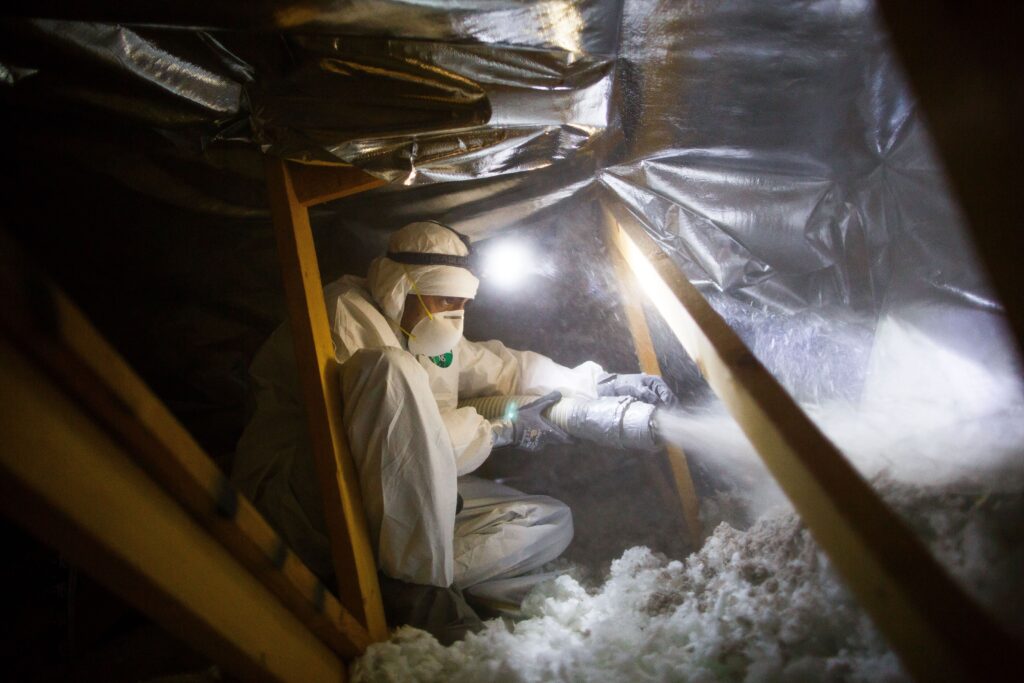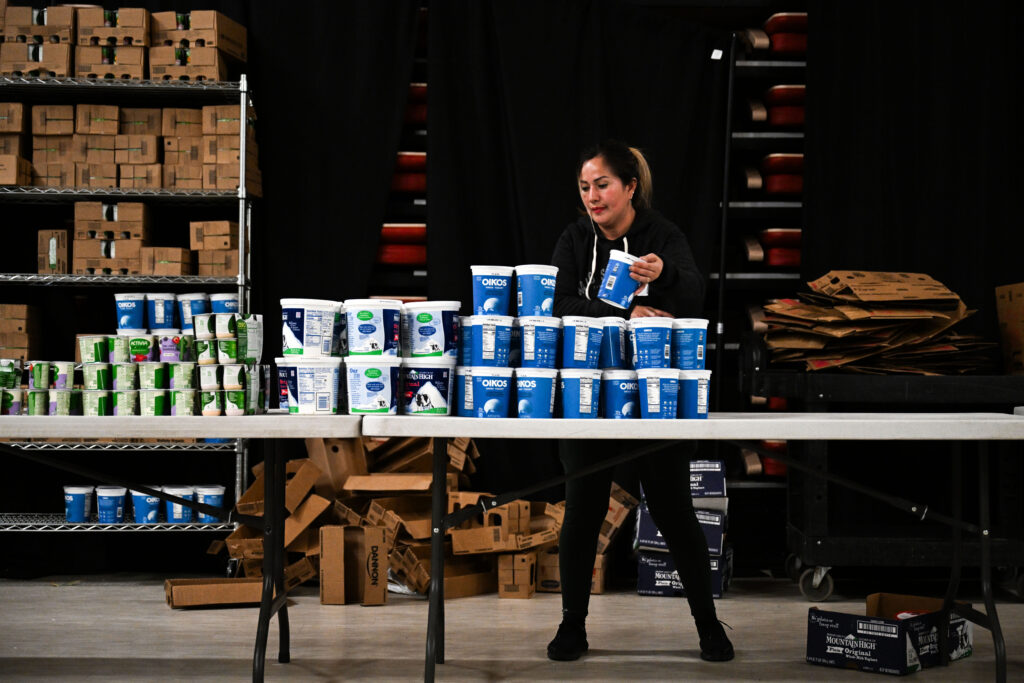Startup costs of carbon capture projects eased under proposed Bennet legislation
The techniques behind capturing carbon dioxide isn’t new, but the process of capturing greenhouse gas emissions at power plants and storing them underground is a burgeoning industry.
While the market is growing, the obstacle CO2 capture projects face is they’re pricey. What’s more, securing financing can be difficult.
“In the beginning, it was a bootstrap activity,” ION Engineering CEO Buz Brown said. “People didn’t get paid, you gave out a lot of equity to people who weren’t getting paid.”
The Boulder-based carbon capture company started in 2008, spinning out early-stage technology engineered at the University of Colorado. It has since further developed its technology, secured $40 million in funding from the Department of Energy and other industrial sources and is off to the races to commercialization, but the company is still largely not realizing much in profits.
Legislation introduced earlier this month by U.S. Sen. Michael Bennet strives to ease some of the financing difficulties for carbon capture projects.
“This legislation reduces carbon pollution by making it more cost effective for our power plants and industrial facilities to invest in carbon capture equipment,” Bennet said in a statement. “It is a significant step to ensure we are boosting Colorado’s clean energy economy and keeping our air clean.”
In carbon capture and storage (CCS), CO2 emissions from the use of fossil fuels for energy are captured, transported and stored underground in geological formations, keeping the greenhouse gas out of the atmosphere.
CCS in Colorado
Bennet said the legislation would provide greater energy security and boost oil production while conserving land and reducing emissions, by using enhanced oil recovery methods. The recovery method injects carbon dioxide into already developed oil fields, which mixes with the oil and helps release and move the carbon to production wells. Carbon pumped up with oil is then separated and then reinjected back into the oil field.
John McCray, a professor and head of civil and environmental engineering with the Colorado School of Mines, said he is a part of a carbon dioxide sequestration study with the State Geological Survey tasked with identifying the best potential locations in the American southwest for storing CO2, whether it be in salt water aquifers or depleted oil fields.
Carbon capturing and storage is a piece of the puzzle in combating climate change, but it should be part of a comprehensive approach.
Market incentives
Bennet’s proposal is a great first step, but it’s only part of the equation, Brown argued. To provide incentive for utility companies to adapt CCS technology, there has to be more economic incentives or a regulatory component.
Brown said renewable energies like wind and solar enjoy such a tremendous advantage in the market because of government subsides.
Since it’s such a struggle to become profitable in the industry, capital markets have been cold to financing CCS projects. The financing costs of a large-scale carbon capture plant can be as much as $1 billion, Brown said.
“With proposals like Sen. Bennet’s, we’re beginning to make some progress,” Brown added.











